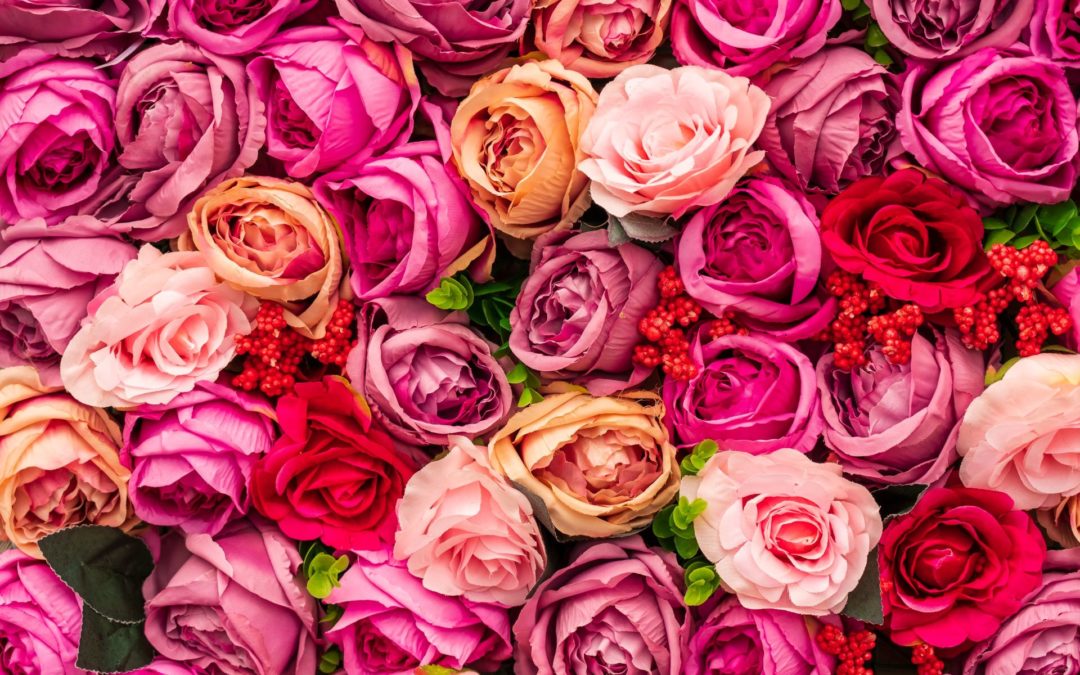Valentine’s Day Events in History
Although the exact origin of Valentine’s Day is not widely agreed upon, it is widely recognized as a day of love, devotion and romance. The romantic nature of Valentine’s Day may have derived during the Middle Ages when it was believed that birds paired couples in mid-February. It was no wonder that birds were chosen to symbolize eternal love. Many bird species were thought to mate for life, such as the Laysan Albatross, Mute Swan, Scarlet Macaw, etc. throughout societies across the seas.
According to two English 18th Century Antiquarians Alban Butler and Francis Douce, Valentine’s Day was most likely created to overpower the Pagan holiday, Lupercalia. In Roman mythology Lupercus was a hunter of wolves (Latin lupus is “wolf”), associated with the Roman God Faunus, God of agriculture and fertility. His festival, celebrated on the anniversary of the founding of his temple on February 15, was called the Lupercalia.
In 496 AD, Feb 14th was chosen for the celebration by Pope Gelasius. In popular culture, Valentine’s Day is a symbol of love and affection but the day may hold a far deeper meaning for historians, hagiographers, and antiquarians.
The first time that love and lovers were actually associated with this day was linked to one of Geoffrey Chaucer’s poems. He used two love birds as the representation of the young King Richard II’s engagement to his young and beautiful bride to be, Anne of Bohemia.
Gift Exchange for Love
Armed with a bow and a quiver filled with both golden arrows to arouse desire and leaden arrows to ignite aversion, Eros (Cupid) struck at the hearts of gods and mortals and played with their emotions.
With tokens of affections and small gifts passing back and forth between sweet lovers and loved ones, most associate this special holiday with love, cupids, and sweet fantasies of romance. After this first association of love, the idea of exchanging gifts grew popular. By the 17th century, Valentine’s Day became a custom for young lovers to exchange gifts and handwritten love notes with one another.
In the 18th century, with the development of technology, shopkeepers started to sell greeting cards weeks prior to the holiday. Gifts have always been a traditional aspect of the lovers’ holiday. As a tradition in Wales, wooden love spoons are carved and given as gifts. Hearts, keys and keyholes are favorite decorations on the spoons, meaning “You unlock my heart.” In the middle of the 19th century, retailers used marketing techniques to upsell their red, newly assimilated perfumes or fragrances and heart-shaped items to male patrons.
Partners often present their loved ones with flowers, chocolates, and cards on this day. In Saxon England, on St. Valentine’s Day, it is customary for a boy to give the girl of his choice a love token, usually a pair of gloves and to this day, Valentine’s Day has been known to drive a variety of marriage proposals and unique shows of affection.
Timeline of Valentine’s Day
Valentine’s Day has become a popular celebration in many parts of the world.
1342-1400 – Valentine’s Day was attributed to romantic love appeared first in Geoffrey Chaucer’s 1382 poem, Parlement of Foules. Chaucer described the nature of love with when “every bird cometh to choose his mate” on “seynt Voantynes day.”
February 1477 – The oldest surviving Valentine’s letter in the English language was written by Margery Brews to her fiancé John Paston. Describing John as her ‘right well-beloved valentine’, she has written, if John loves her he will marry her anyway: ‘But if you love me, as I trust verily that you do, you will not leave me therefore.’ There was a happy ending to the story, as the couple eventually married.
Learn more about Valentine’s Day love letter
I15th Century – The first greeting card was produced on parchment.
I17th Century – Valentine’s Day first became a celebrated holiday in the United Kingdom.
I18th Century – Charles II of Sweden introduced the idea of flowers symbolizing emotions, and the red rose was singled out for love.
1 rose = love
12 roses = gratitude
25 = congratulations
50 = unconditional love
1830s – Technology transformed Valentine’s Day into a commercial goldmine. It was common for all social classes to exchange small gifts and handwritten notes with lovers, loved ones and friends.
1847 – Esther Howard, the daughter of a printer, became inspired to mass-produce Valentine’s Day cards after receiving a lacey love note from England in her new homeland of America
1868 – The first “chocolate box” is introduced by Richard Cadbury, when he decorates a candy box with a painting of his young daughter holding a kitten in her arms. Cadbury also invented the first Valentine’s Day candy box.
Late 18th Century – Hand-printed Valentine’s Day cards were made available to all social classes.
1894 – Chocolate pioneer Milton Hershey, who started as a caramel maker, began covering his caramels with sweet chocolate.
1907 – Hershey launched production of tear-dropped shaped “kisses,” so-called because of the smooching noise the chocolate made as it was manufactured. Mass-produced at an affordable cost, the kisses were advertised as “a most nourishing food.”
1923 – Russell Stover started wrapping “Bungalow Candies” in heart shaped boxes.
1933 – Jean Harlow’s performance in the 1933 film Dinner at Eight forever linked chocolate to decadent indulgence. In the film, she’s seen lounging in bed on a heart-shaped pillow, eating from a box of chocolates on Valentine’s Day.

